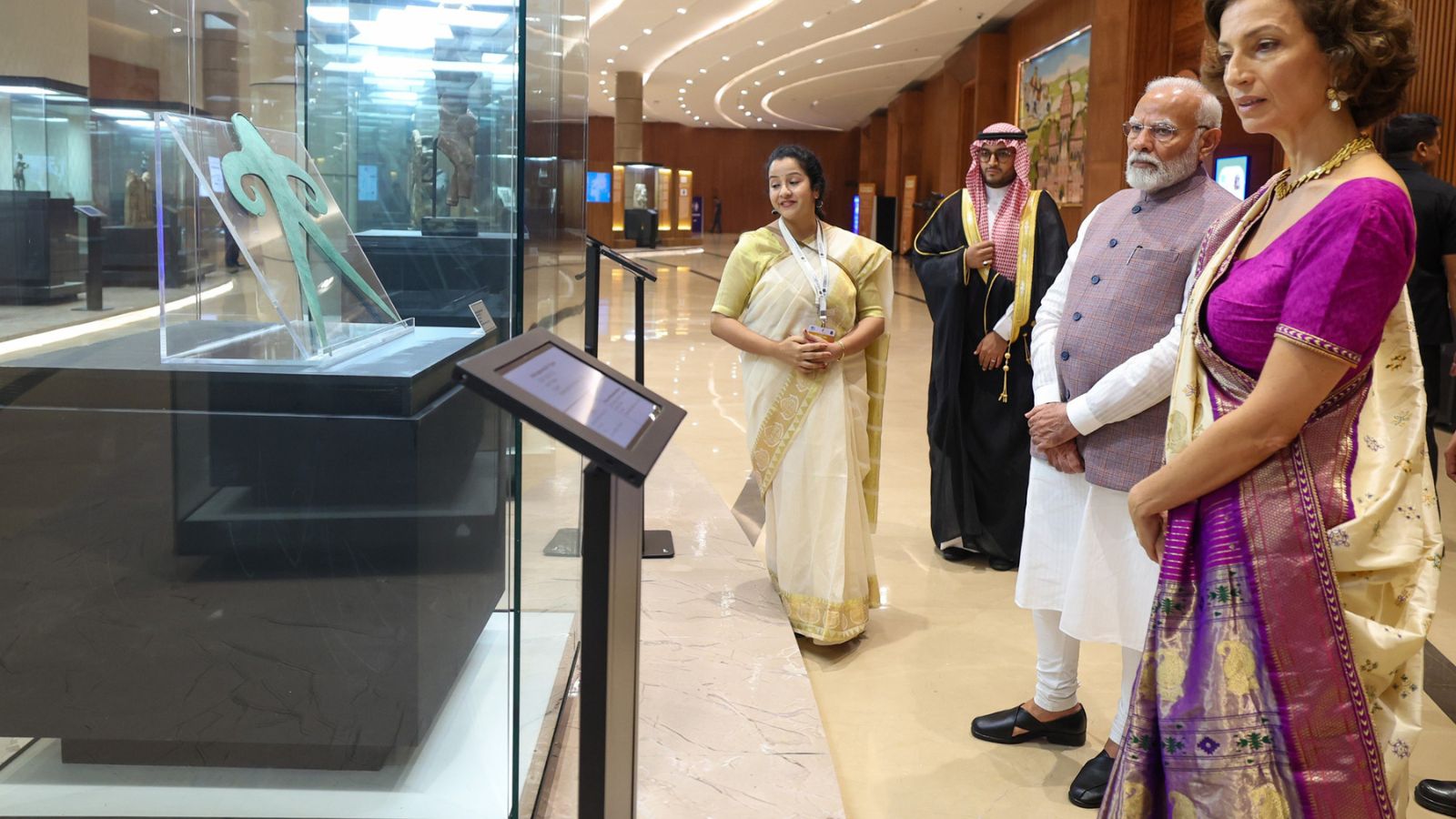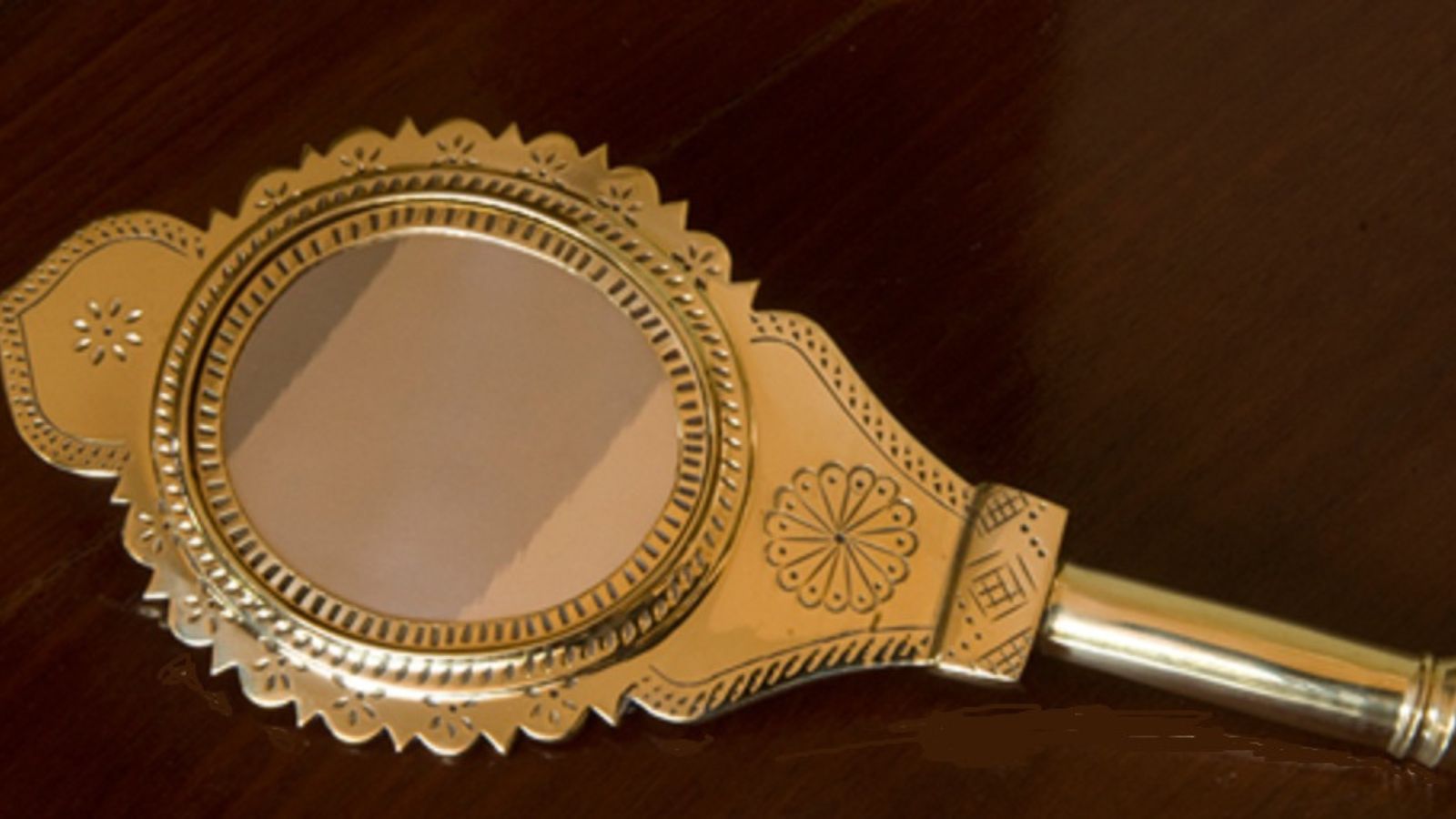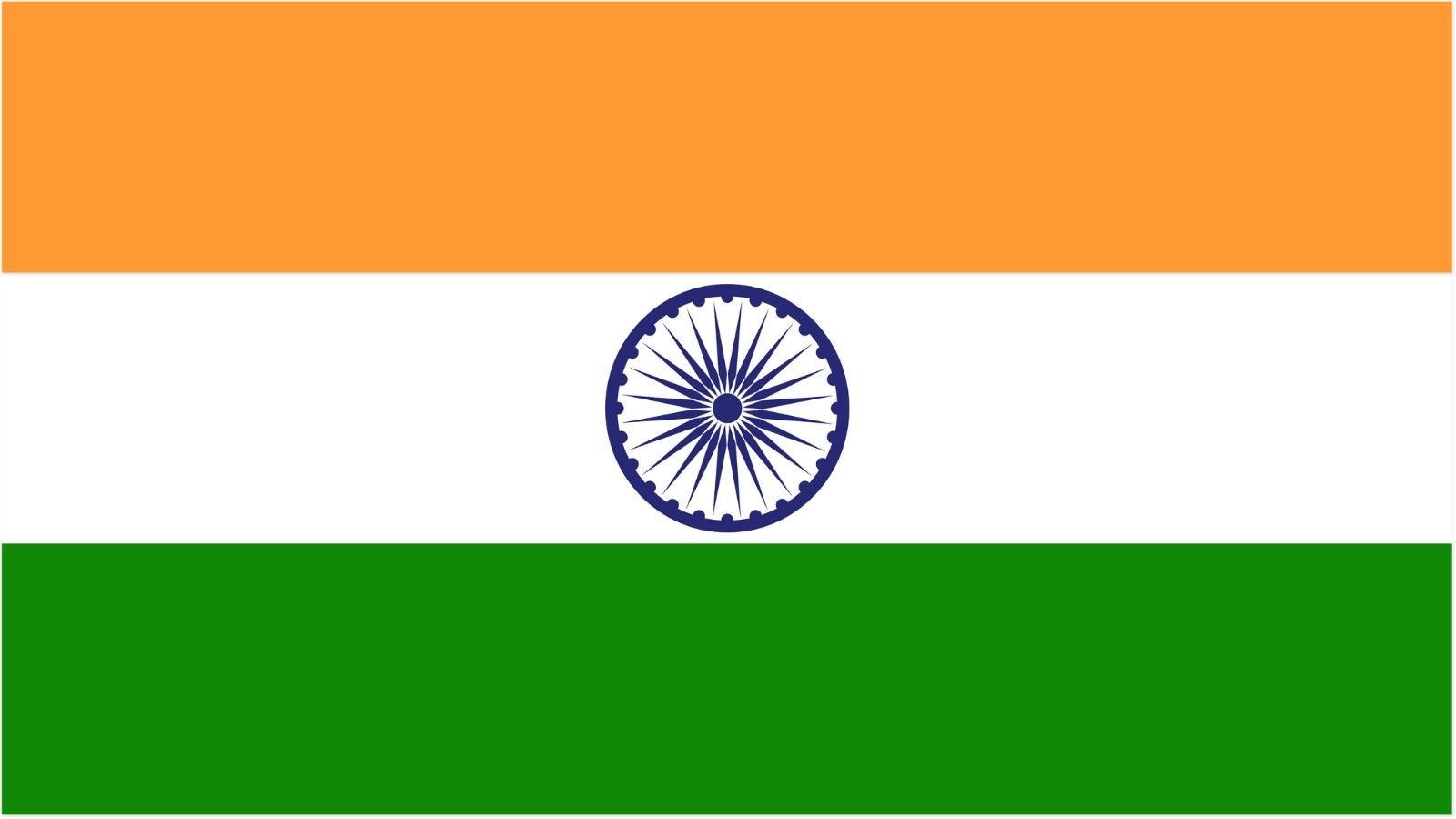India’s ancient heritage is so profound that every corner of the present echoes a story of its glorious past.
In July 2024, New Delhi hosted the 46th session of the UNESCO World Heritage Committee. The Committee meets annually and is responsible for managing all matters on World Heritage. At the event, India proudly showcased numerous repatriated cultural artifacts—treasures returned from various countries. According to Prime Minister Narendra Modi, the return of these ancient heritage artifacts symbolizes global generosity and respect for history. Among the repatriated artifacts, one object particularly caught my eye: the anthropomorph.
What are anthropomorphs?
The term “anthropomorph” derives from the Greek words anthropo (human) and morphē (shape), and describes the attribution of human traits to non-human entities such as animals, gods, or objects.
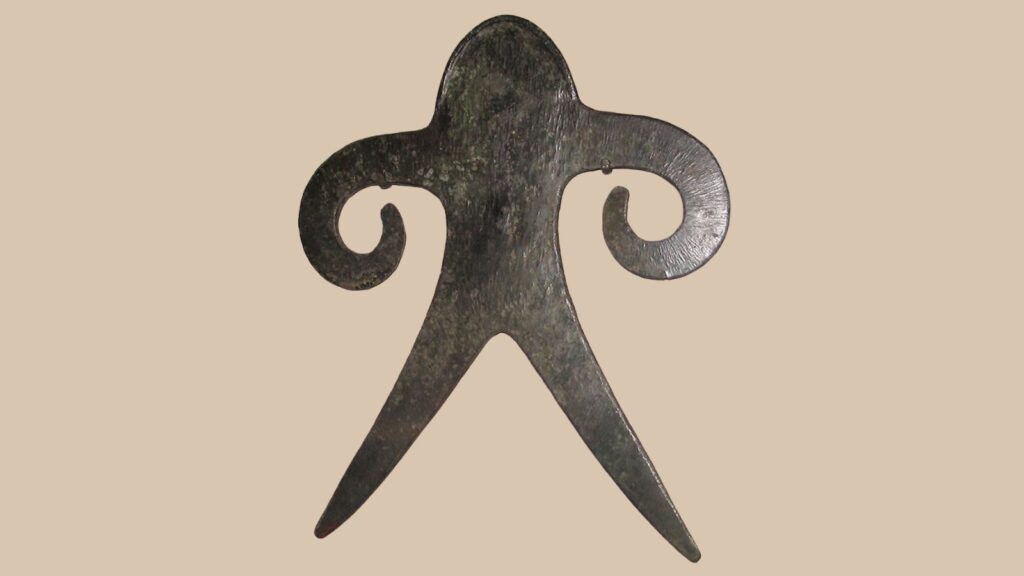
In Indian history, anthropomorphs are human-shaped copper objects, dating back to the second millennium BC, found mostly in northern and central India’s copper hoards. These hoards—which often contained tools, weapons, and ornaments—are thought to represent the material wealth and technological advancements of ancient Indian societies. The inclusion of anthropomorphs in these collections suggests that they held considerable value, either as ritualistic objects or as practical implements in daily life.
With sharp arms seemingly designed for cutting and curved sections resembling boomerangs, some experts speculate they were used as weapons designed to trap or kill small animals such as birds. However, their size and weight—ranging from 25 to 45 cm in length, 30 to 44 cm in breadth, and up to 5 kg—challenge this theory. Archeologists’ believe the anthropomorphs may have been functional tools, though their exact purpose remains uncertain.
Modern symbolism
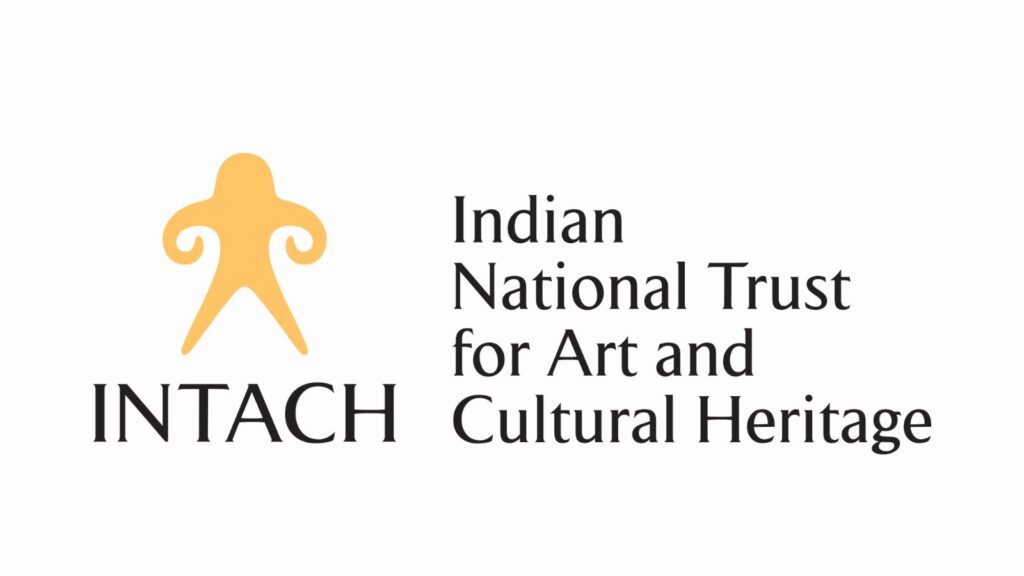
The Indian National Trust for Art and Cultural Heritage (INTACH) has adopted the anthropomorphic copper figure from Shahabad, Uttar Pradesh, as its emblem. Established in 1984, INTACH creates awareness about India’s rich and diverse archeological, cultural and natural heritage. The anthropomorph’s enigmatic and timeless qualities make it a fitting symbol for an organization dedicated to safeguarding the nation’s cultural legacy.
Though much about the anthropomorphs remains shrouded in mystery, their existence offers a fascinating window into the technological and cultural practices of early Indian civilizations. They continue to inspire curiosity and wonder, raising questions about the lives, beliefs, and innovations of the people who created and used them.
Image credits: https://pib.gov.in/
http://www.intach.org/
